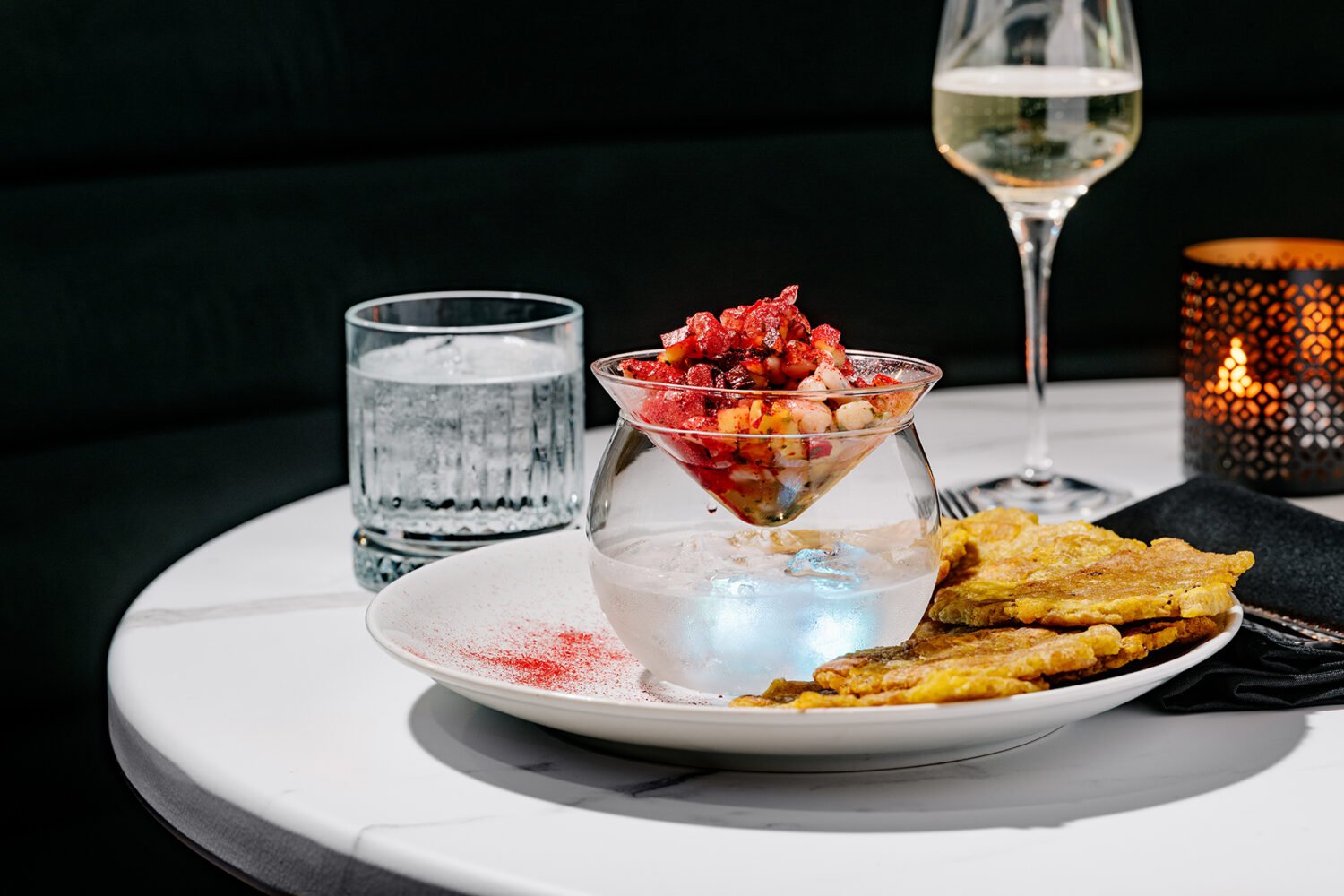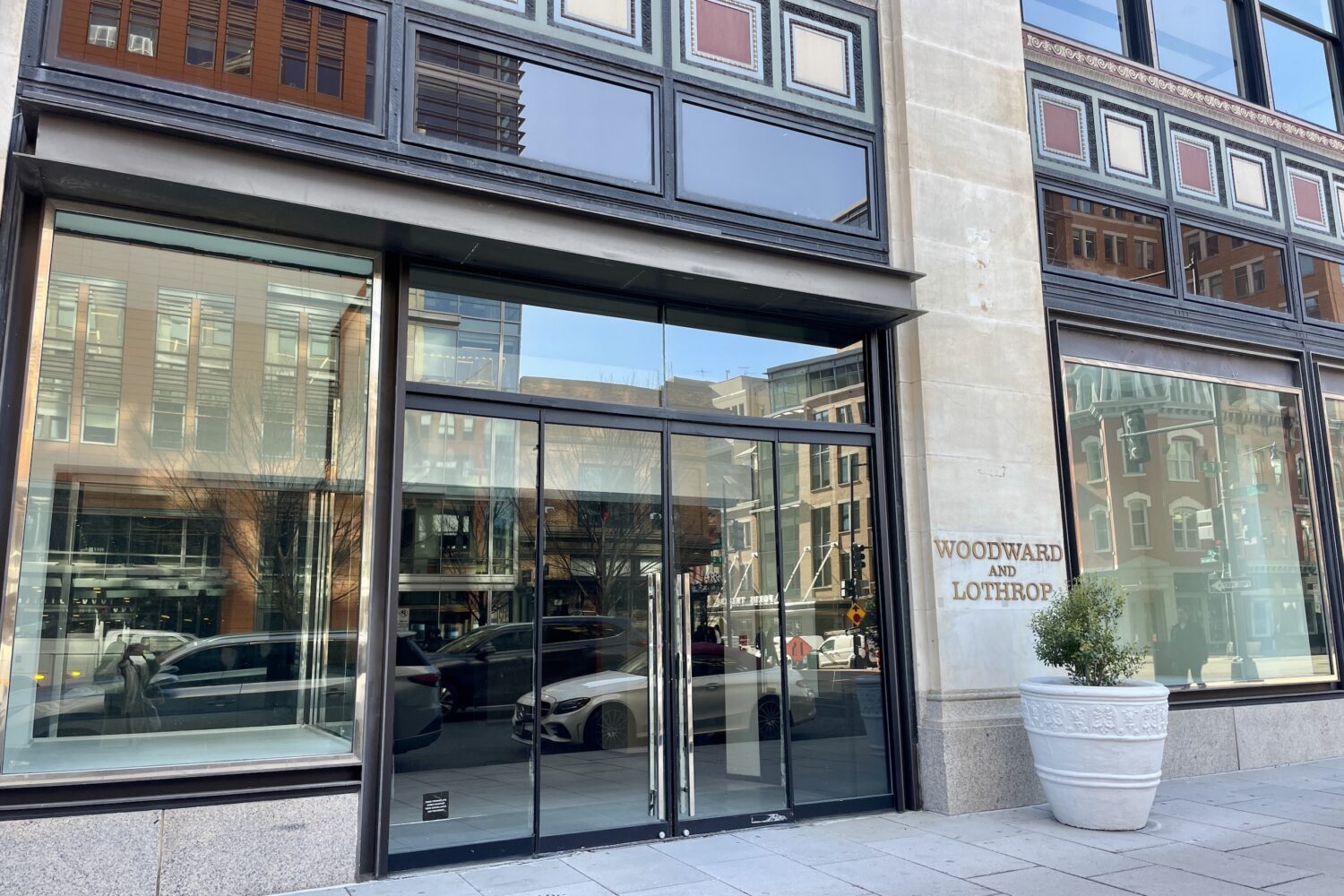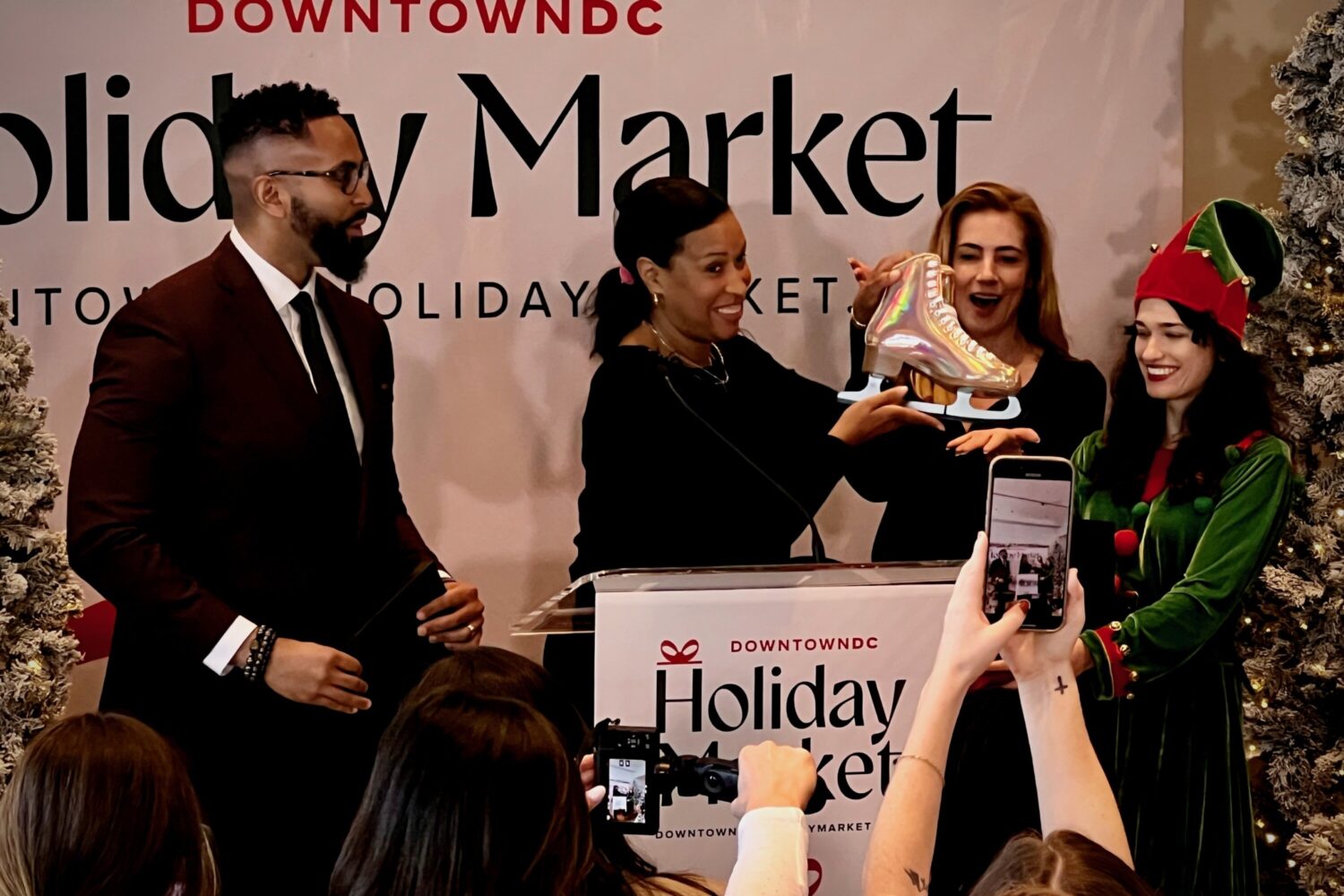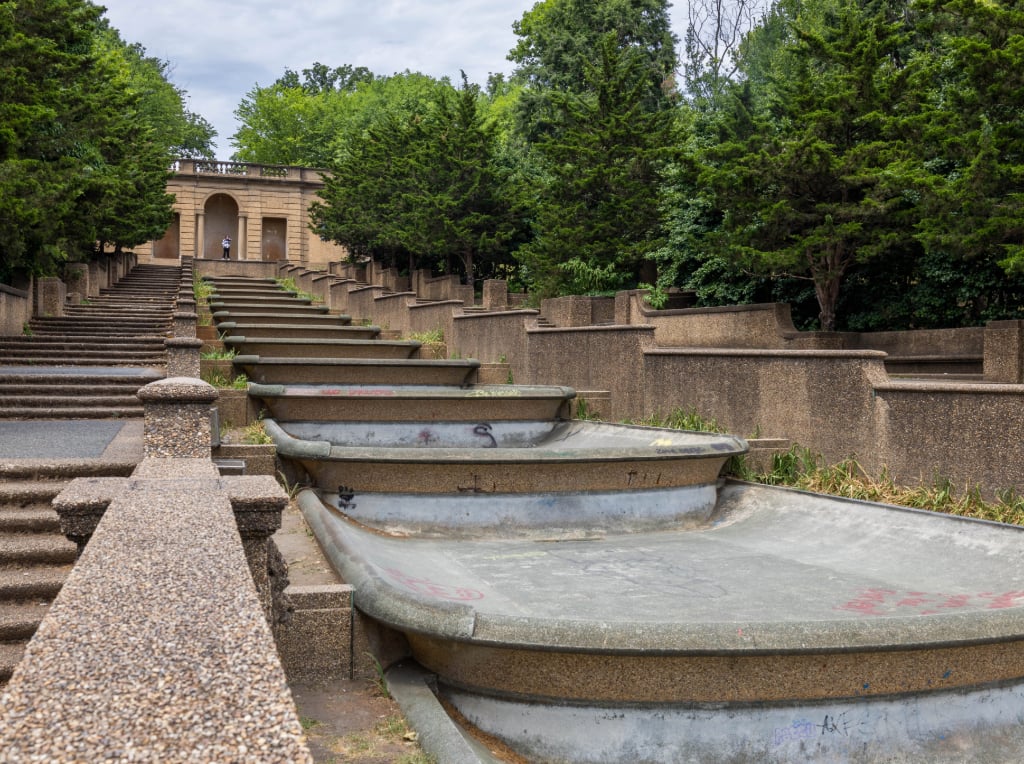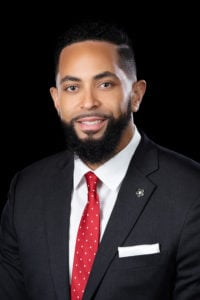
In the more than three years since the coronavirus pandemic rearranged how Washingtonians live and work, the administration of DC Mayor Muriel Bowser has been searching for ways to reinvigorate the city’s downtown district. Bowser has proposed tax incentives to help turn office buildings into condos and apartments, urged President Biden to bring federal employees back to the office, and set a goal of attracting 15,000 new residents to downtown. As part of this effort, Bowser recently provided a $200,000 grant to the DowntownDC Business Improvement District in order to draw up a “Downtown Action Plan.”
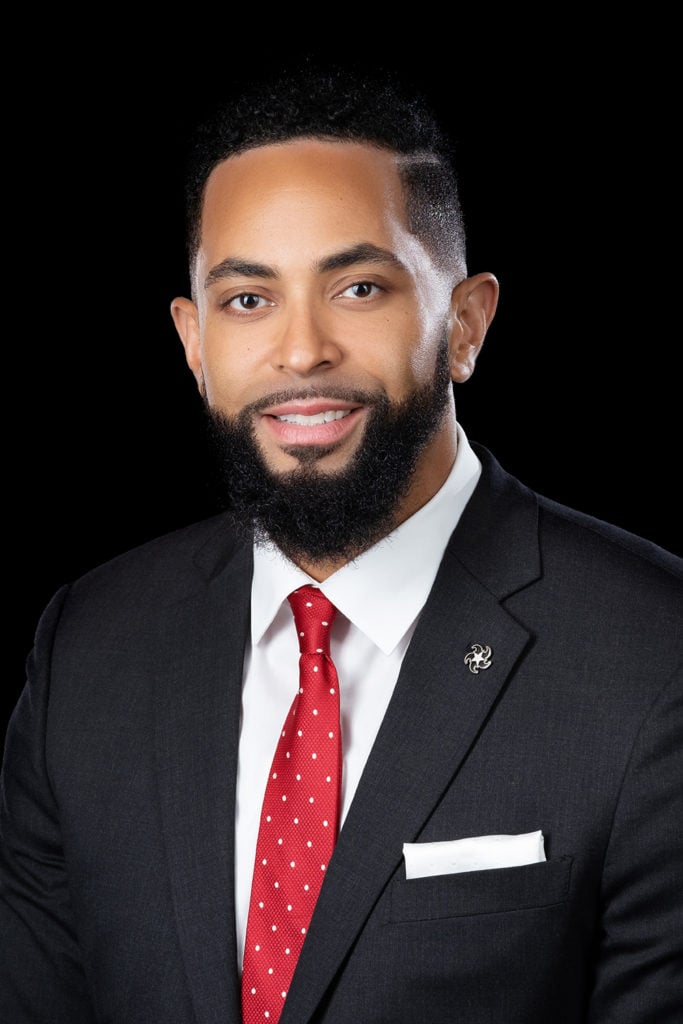
To learn more about the initiative, Washingtonian spoke with Gerren Price, the president and CEO of the DowntownDC Business Improvement District. The following interview has been edited for space and clarity.
What are you seeing now in terms of foot traffic and business activity in downtown DC?
What we’re largely seeing that’s vastly different from the pre-pandemic era is that there are fewer people during the day who are in their offices and that results in a lot less foot traffic. When we look at the data, the numbers are still hovering at about 47 percent of where we were pre-pandemic. So there’s just not as many people in their offices by day, and that has a real impact on what it feels like on the street, and that has a real impact for some of our businesses that have relied on that base of people to support them. Then, obviously, that has a ripple effect in terms of how that building can be used and valued for the future and sort of lends itself to a real challenge that we’re facing today.
That 47 percent figure, how has that trended since the onset of the pandemic?
Initially, we were at very low numbers, like 15 to 20 percent of pre-pandemic levels of foot traffic. So we’ve sort of watched that grow over time, and there have been some high and low points. But what we’re starting to see is that we’re averaging out right at around that 45 to 47 percent level. That’s been holding at least through the last six months or so.
So what’s the Downtown Action Plan?
So the $200,000 grant that was awarded through the Office of the Deputy Mayor for Planning and Economic Development’s competitive procurement process was intended to help take what the mayor set forth in her five-year economic development plan—that she’s dubbed the city’s comeback plan—and to take a look at its goal for downtown and figure out how we can operationalize that. [That might mean we] expand and add sort of depth to the goals that were identified, or perhaps add additional goals, and begin to identify some specific actions, projects, and investments that the city can make [to achieve those goals]. The biggest and most prominent goal that the mayor identified for downtown is that she is calling for more residential to be a core part of the downtown fabric. And really thinking of downtown as what some call a 24-7 community—a more active community, and not just a central business district.
So turning a city into a city, in a way?
That’s exactly right. The mayor is calling specifically for 15,000 new residents by 2028. What we hope to do is explore how we can make that happen, but also consider if that [goal] should be expanded.
Can you provide some examples of the types of solutions that you are going to be looking at?
As a native Washingtonian and somebody who just loves the city, I think that the culture, the vibrancy, and just the pulse of what our downtown has been and can be is what we want to highlight and amplify. So when I think about more residential, I’m seeing not just converting some of these commercial office spaces to residential buildings, but really thinking about what are all of the residential serving amenities and things that support people’s daily lives. And so what we’re hoping to see is a lot more dynamic and creative mixes of retail that support our residential base. So really thinking about, what is the type of cutting edge services that offer convenience, but also just unparalleled unexpected experiences for people? So really bringing dynamic and awesome retailers to the forefront. One of the big things that folks have talked about is getting a grocery store, and so we’ve had some engagements around what that will take and [we’ve had] some conversations at a recent conference around bringing a grocer into downtown DC, and so I think that’s a real possibility for us to make happen.
I think the other piece is really thinking about having world-class, high-quality, engaging public green spaces. And so having a network and system of parks and public spaces and plazas that are engaging, that are vibrant, that are welcoming, that are colorful, that are active. And really building off of some of the success we’ve had with the recent renovation of Franklin Park, which is in the heart of downtown. But expanding that and really making our parks shine and become a real draw for people.
So the idea is taking green spaces that already exist and turning them into attractions in a sense?
That’s exactly right. And in some cases [that might mean] creating new spaces as well, and thinking about how those spaces connect and having a system of parks and plazas that really speak and connect to one another. And thinking about creative ways to bring more people [to downtown DC]. So creating spaces that can facilitate large festivals and events and world-class opportunities to attract people from all over the world.
In terms of bringing more people to downtown DC, I read that you are looking at ways to attract more universities. Can you talk about that?
Absolutely. We’ve already seen a lot of great activity with some of our universities who are looking to expand in the downtown area. Georgetown University has already started making some acquisitions of properties and expanding the existing space around its existing law schools, and they are looking at expanding its School of Public Policy. We also have the former Newseum that is now going to become a hub for Johns Hopkins University. We’ve had a number of national universities who are looking at DC as a potential site for their sort of DC semesters and programs that would sort of bring their residents here to the city. And so we think there’s some real potential to take that and to grow it. So I’m looking forward to exploring that option and seeing what that can mean in terms of really supporting a vibrant student community throughout downtown, which I think has many great effects both in terms of what it offers [students when] they’re in school, but also the ability to keep and retain them when they’re done with school.
So when you talk about reimagining downtown DC, you’re talking about more mixed-use residential and improved green spaces that can help build a community, as well as things like expanding the university presence to draw new and different people to the area?
That is spot on. It’s the combination of all of those things. Just making sure we’re taking as many actions as we can to create the vibrancy and dynamic mix of uses and spaces that are necessary to create a truly vibrant district. Because right now, it’s too heavy on one use. So we want to make sure there’s a great mix.

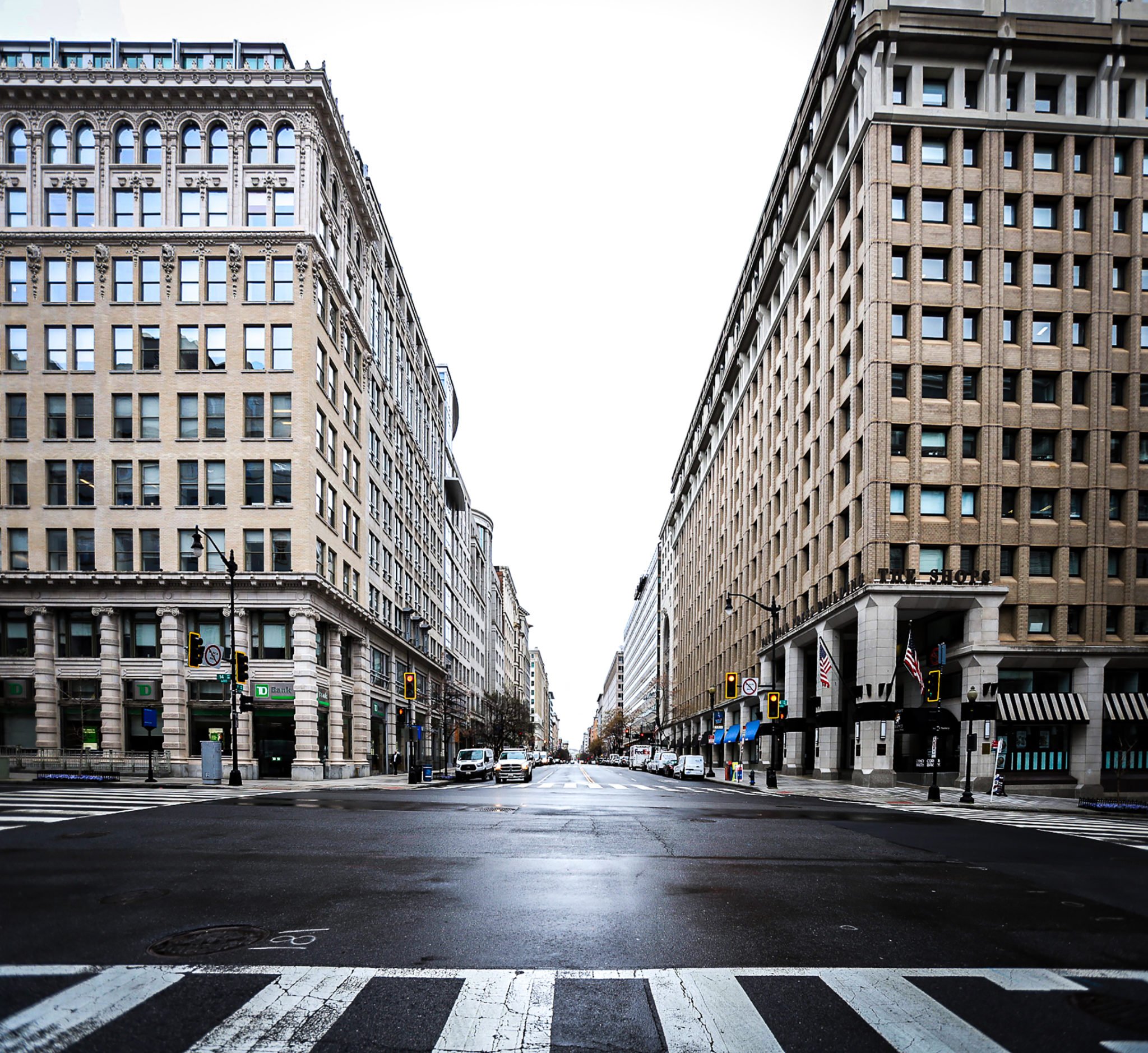
![Luke 008[2]-1 - Washingtonian](https://www.washingtonian.com/wp-content/uploads/2017/10/Luke-0082-1-e1509126354184.jpg)






